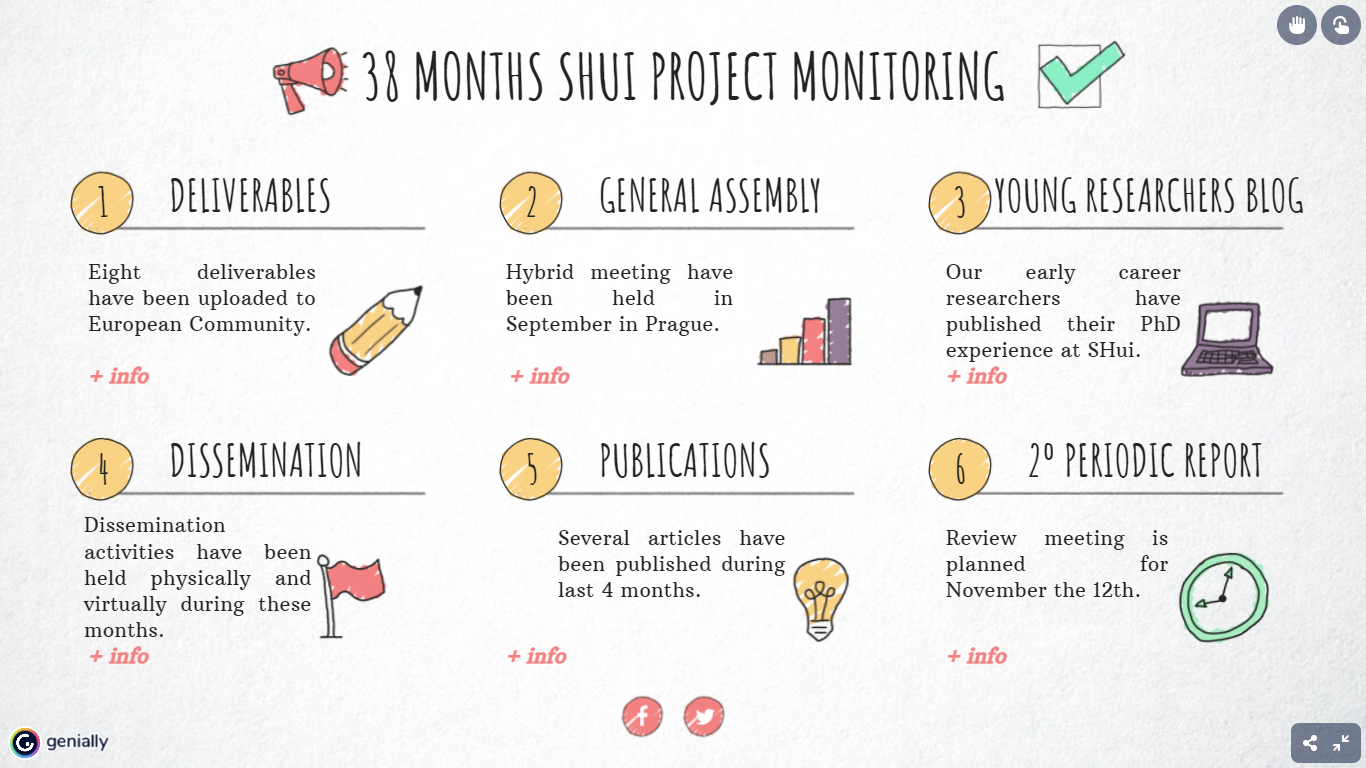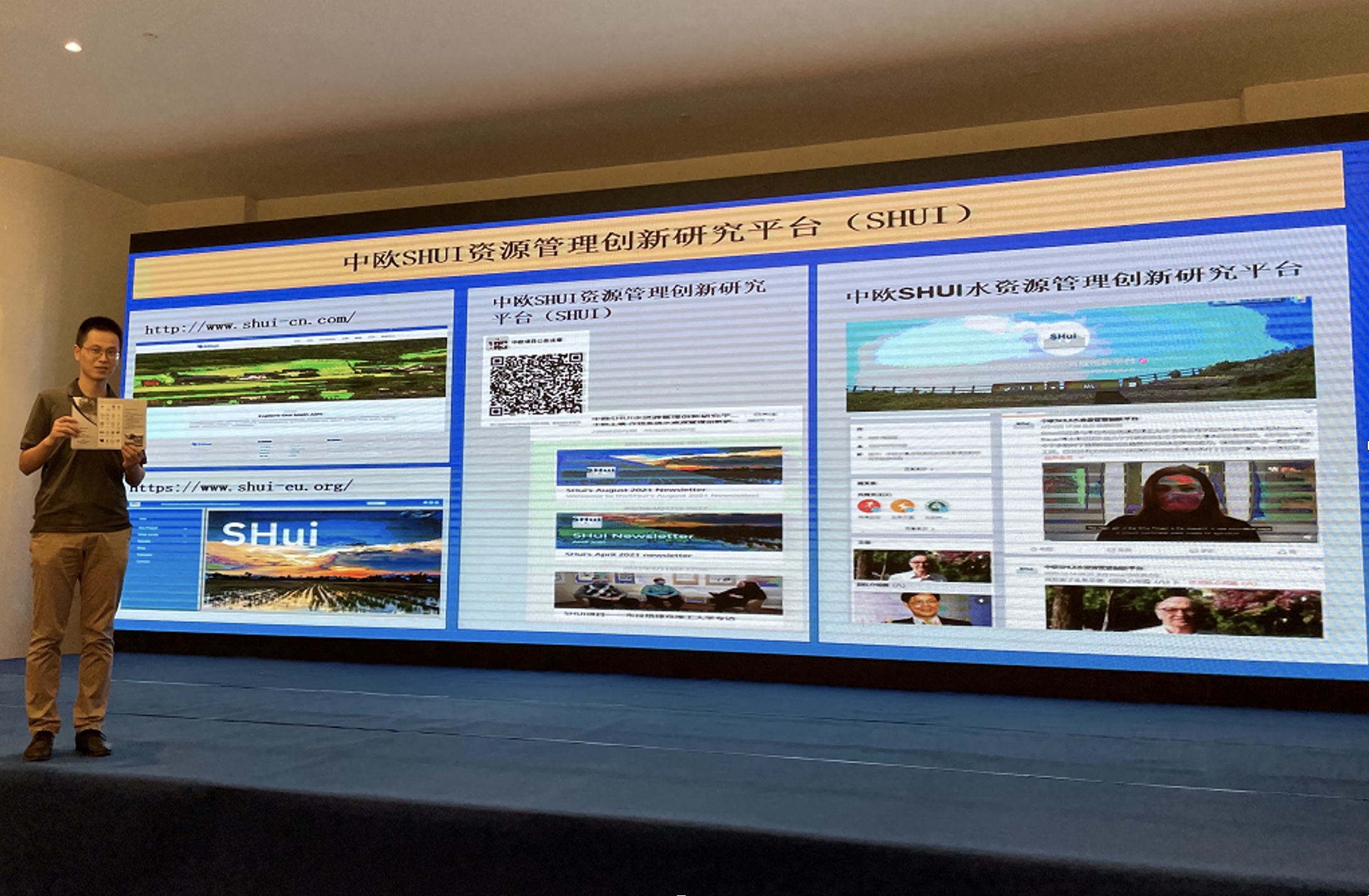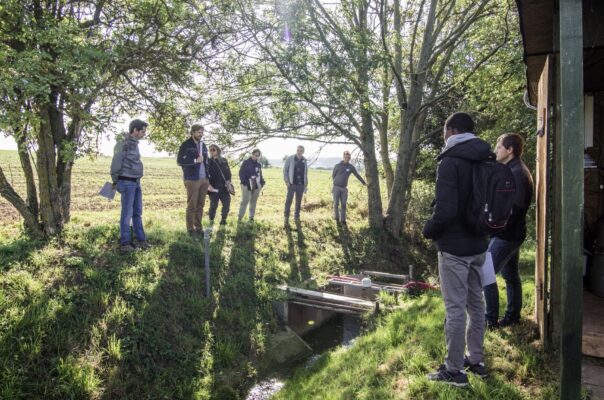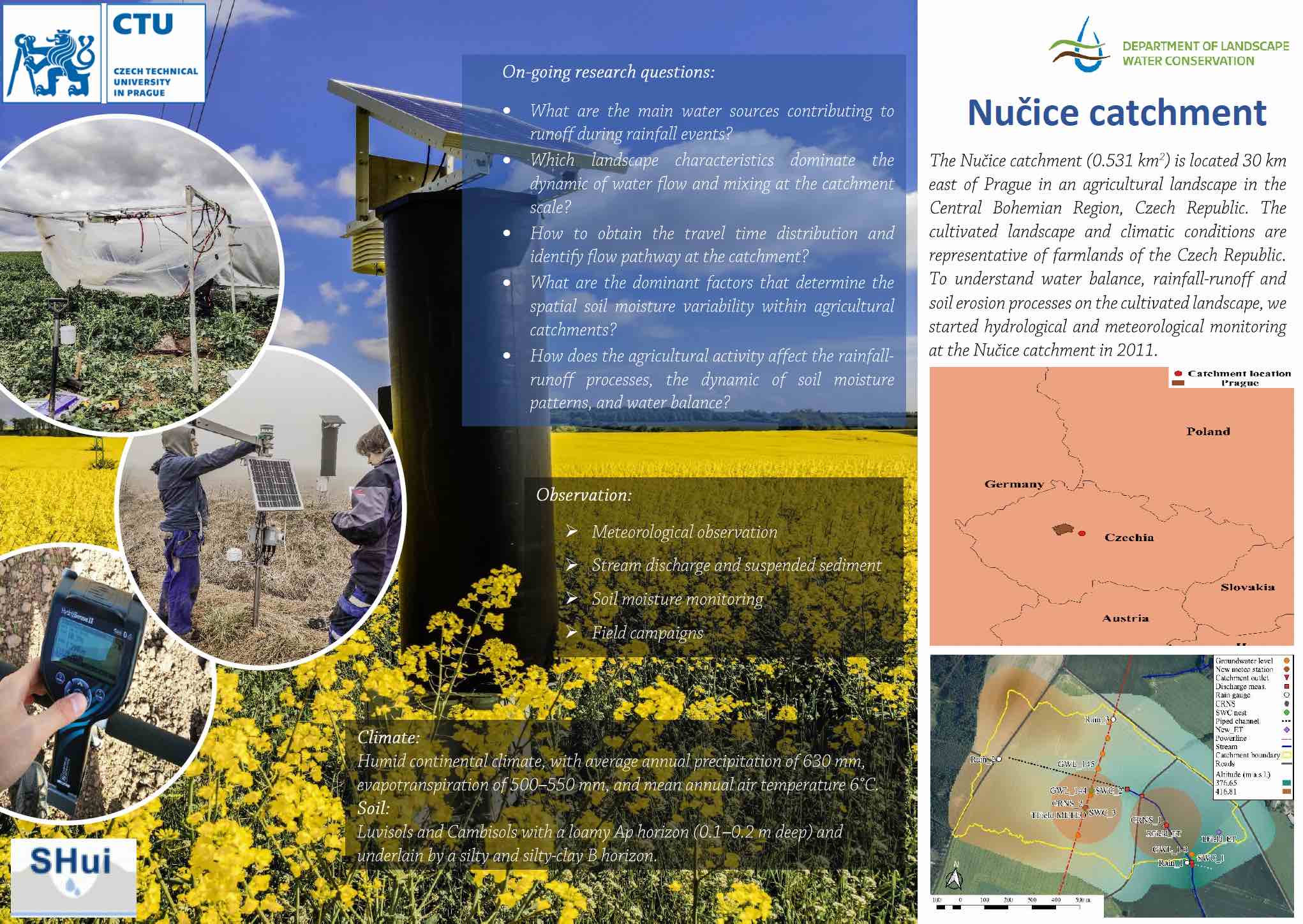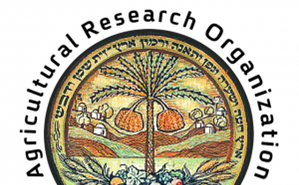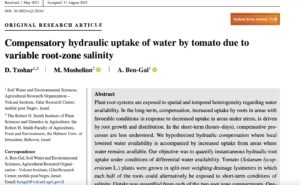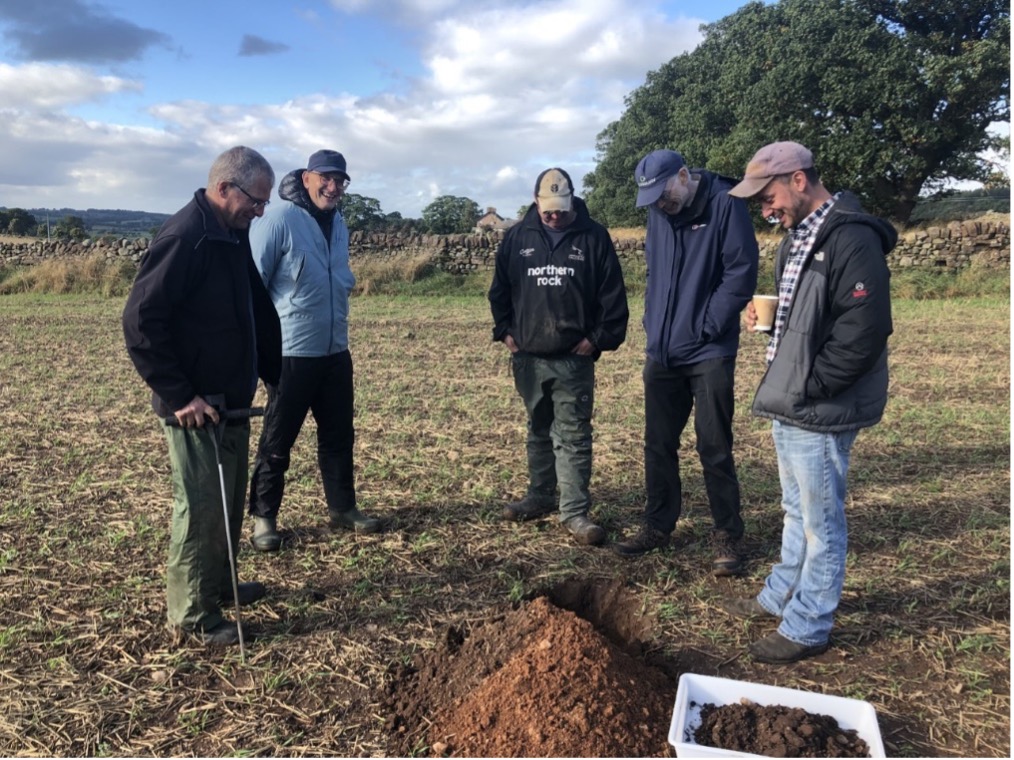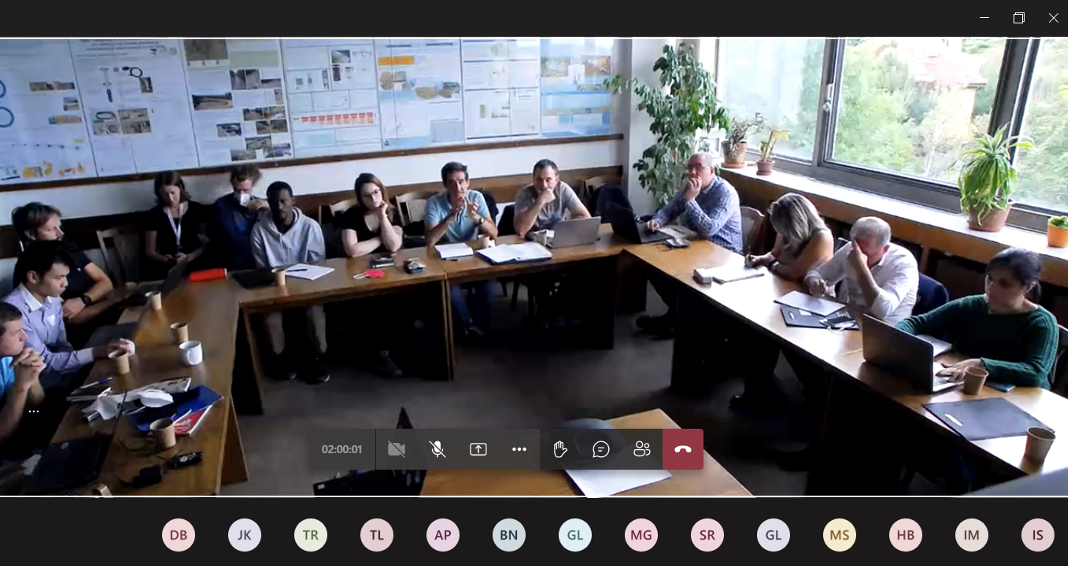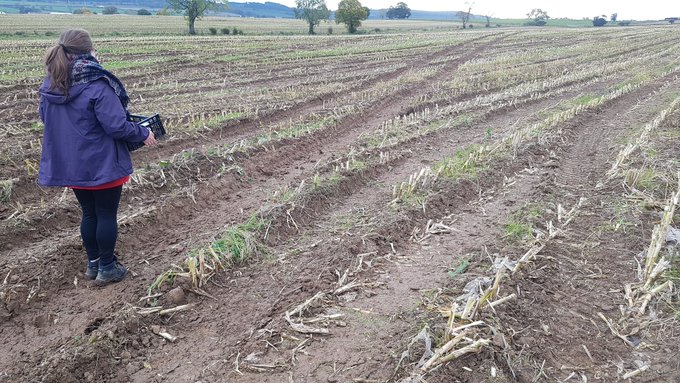Author: Ana
SHui project at 2021 Lushan High-end Forum
The Beijing Forestry University (BJFU) team delivered a presentation at the Second Academic Committee Meeting of Jiangxi Lushan Forest Ecosystem National Orientation Observation and Research Station, jointly held in Lushan and the Jiangxi Lushan National Nature Reserve Administration and Jiangxi Academy of Forestry held in Jiujiang (September 24th -26th, 2021). The forum was initiated by the Chinese Forest Ecosystem Research Network (CFERN) and the National Innovation Alliance for monitoring and evaluating typical forestry ecological engineering benefits of the National Forestry and Grassland Administration. The forum aims to jointly build a cross-regional ecological protection alliance that contributes to simultaneous urban-rural development and to realize the goal of carbon neutrality in Jiangxi province.
The SHui working group introduced the purpose of the project to the participating scholars and distributed project flyers. Our attendance highlighted the importance of agricultural water management to balanced regional development.
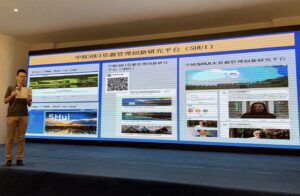
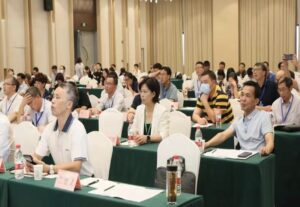
Soil erosion modelling workshop at CVUT recap
On 23rd September, the second day of the SHui General Assembly in Prague, the team of Prof. Dostál (CVUT) organised a day to experience all aspects of current soil erosion research. It started with an excursion to the experimental catchment in Nučice for physical attendees at the assembly. It was followed by an afternoon theoretical and a practical interactive session, aimed at both young scientists and experienced researchers, irrespective of whether they were physically in the room or online, which was delivered by Dr. Josef Krása and his team.
Dr. Krása first introduced GIS-Assisted estimation of soil loss and sediment transport, providing an overview of the different sediment transport modelling approaches on a regional scale. He then focused on the USLE based WaTEM/SEDEM model, showing its application at the field level but also considering scales for which it is unsuitable. The lecture went through all important aspects of erosion modelling, including model principles, input data, model output for decision support, and model uncertainty. A key issue was the difficulties of calibrating and validating sediment transport (based on individual sampling of suspended solids concentrations) compared to “only” calibrating and validating water discharge (with continuous measurements).
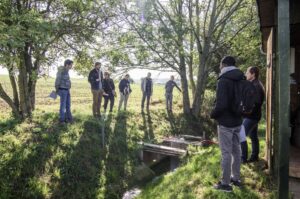
After introducing the Vrchlice watershed and some relevant publications, the practical session involved the use of the WaTEM/SEDEM Model with data from the Vrchlice watershed. The hands-on session was guided by Dr. Krása, Dr. Bauer and the erosion team to experience the process step by step and its difficulties. Different input datasets were considered, running the model, and finally evaluating the results using ArcMAP 10.8. There were 7 physical attendants and 15 online, with this hybrid event a first for the SHui team.
Drought-induced rhizosheath may promote plant survival during soil drying
Author: Karanja J. Kibe, PhD student at Fujian Agriculture and Forestry University (FAFU)
Climate change alters many variables that may affect plant growth, with decreased soil water availability and other changes to soil conditions making it more difficult for crop plants to be productive. Better understanding of mechanisms underlying plant stress resilience may help to design future crop improvement strategies. Within the SHui project, I investigated the mechanisms of tomato acclimation to drought stress, specifically the rhizosheath trait. The rhizosheath comprises soil particles that adhere to roots during soil drying, which seems to enhance plant water availability, and crop yields.
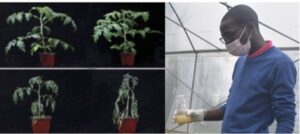
While the plant hormone ABA is well-known to maintain root growth in drying soil, its effects on rhizosheath development were not clear. Thus my work took a multidisciplinary approach involving both morphological (root hair traits using microscopy) and molecular (transcriptomics of root gene expression) measurements. Using wild-type and ABA-deficient mutant tomatoes allowed me to establish that ABA may be an important regulator of tomato rhizosheath development in drying soil, which you can read more about here. These results offer many possibilities for future investigations, but the discoveries of novel genetic factors involved in tomato stress responses offers hope for further crop improvement efforts.
I arrived in Fuzhou from Kenya having obtained a Chinese government scholarship to start my PhD under the direction of Prof Weifeng Xu in September 2017. Although my Chinese language skills were quite rudimentary, it was a truly international laboratory with students from Pakistan so I assimilated quite readily. Just before the SHui project was awarded, Prof Ian Dodd visited the laboratory to give a seminar on his research planning for SHui, along with existing collaborations with the Fuzhou group on rhizosheath biology. This helped me focus my research planning, and reinforced the need for repeated experiments to discriminate subtle phenotypes. Besides, I collaborated with my team in setting up an additional research project investigating rhizosheath trait of white lupin under soil drying and phosphorus deficiency.
Two and a half years into my project, covid-19 emerged while I was on holiday back home in Kenya. It was quite an unprecedented phenomenon that came with travel bans and other restrictions. I had to adjust my ways of working and remotely wrote manuscripts under the guidance of my mentors. My journey was never easy but eventually it was such a rewarding undertaking that I am proud of. I successfully published my work as part of the requirement for the PhD program, and will have my thesis examined in two months’ time via a Zoom discussion with three independent reviewers.
The SHui project has allowed me to meet a diverse group of international scientists, especially when Fuzhou hosted the Chinese kickoff meeting of the project. It has provided me with many valuable learning moments, thanks to my able and committed mentors. I have gained valuable transferable skills which will help me address key questions in plant stress tolerance that are of high scientific and social relevance. My team of international scientists has been very influential in this regard, thus I greatly desire to further collaborate with them in research to enhance my future career prospects.
Further reading
- Karanja, J. K., Aslam, M. M., Qian, Z., Yankey, R., Dodd, I. C., & Xu, W. (2021). Abscisic Acid Mediates Drought-Enhanced Rhizosheath Formation in Tomato. Frontiers in Plant Science, 12, 1460.
- Aslam, M. M., Karanja, J. K., Yuan, W., Zhang, Q., Zhang, J., & Xu, W. (2021). Phosphorus uptake is associated with the rhizosheath formation of mature cluster roots in white lupin under soil drying and phosphorus deficiency. Plant Physiology and Biochemistry.
New project brochure
Compensatory hydraulic uptake of water by tomato due to variable root‐zone salinity
In “The Vadose Zone Journal”
Authors: D. Tzohar, M. Moshelion, A. Ben-Gal
Abstract
Plant root systems are exposed to spatial and temporal heterogeneity regarding water availability. In the long-term, compensation, increased uptake by roots in areas with favorable conditions in response to decreased uptake in areas under stress, is driven by root growth and distribution. In the short-term (hours–days), compensative processes are less understood. We hypothesized hydraulic compensation where local lowered water availability is accompanied by increased uptake from areas where water remains available. Our objective was to quantify instantaneous hydraulic root uptake under conditions of differential water availability. Tomato (Solanum lycopersicum L.) plants were grown in split-root weighing-drainage lysimeters in which each half of the roots could alternatively be exposed to short-term conditions of salinity. Uptake was quantified from each of the two root zone compartments. One-sided exposure to salinity immediately led to less uptake from the salt-affected compartment and increased uptake from the nontreated compartment. Compensation occurred at salinity, caused by NaCl solution of 4 dS m−1, that did not decrease uptake in plants with entire root systems exposed. At higher salinity, 6.44 dS m−1, transpiration decreased by ∼50% when the total root system was exposed. When only half of the roots were exposed, total uptake was maintained at levels of nonstressed plants with as much as 85% occurring from the nontreated compartment. The extent of compensation was not absolute and apparently a function of salinity, atmospheric demand, and duration of exposure. As long as there is no hydraulic restriction in other areas, temporary reduction in water availability in some parts of a tomato’s root zone will not affect plant-scale transpiration.
Catch and Cover Crops ON FARM DISCUSSION AND DEMONSTRATION AT LANCASTER
Braving the best (& worst) of the Cumbrian climate, 20 local farmers joined Lancaster’s SHui team at an afternoon event on 1st October, hosted by Andy Dyer of the Eden Rivers Trust on land at West View Farm Penrith, which is owned by Robert Harris and farmed by the Taylor family from Plumpton Old Hall Farm.
The Lancaster team showcased ongoing research with undersown catch crops within local maize fields, in aiming to prevent soil erosion post-harvest. Field walks were undertaken into neighbouring fields to demonstrate visual soil assessment and its importance in underpinning future payment schemes. Catch crops (rye / vetch mixes) had been planted following winter wheat harvest, with extensive root (and rhizosheath) development apparent, in fields that either had or hadn’t received treatment with the panbuster/drill combination that was showcased pre-pandemic at our last in-person event.
There was extensive discussion about the benefits of catch crops in boosting soil organic matter, along with the challenges of their establishment with unseasonal climatic variations in the autumn post-harvest. Their use as “insurance feed” within mixed livestock/arable farming systems was a common theme.
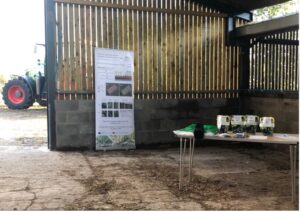
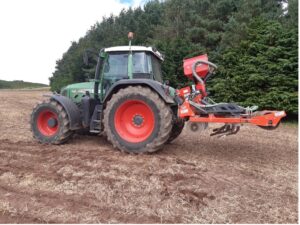

The continued use of catch and cover crops within arable rotations will become ever more important in years to come as the farming community comes to grips with the payments available and the requirements under the Sustainable Farming Incentive (SFI) Scheme from 2022 onwards. The arable and horticultural soils standard, within the current SFI pilot, requires that at least 5% of the land entered into the standard must have an established green cover on it from early to late winter. The green cover can be an autumn sown arable crop or a specifically designed mixture (such as that sown on the farm on which the event was held). The green cover will help to protect the soil surface from erosion and provide root growth to help maintain soil structure, support soil biology and minimise nutrient leaching. Each year an assessment of soil structure, soil biology and soil organic matter must be assessed on at least 20% of the land entered into the standard. Understanding soil health and how soil ecosystems perform has therefore never been more important for farmers and landowners.
Defra’s future Soil Health Action Plan (SHAPE) will be opened up for consultation early in 2022, recognising that well-managed soils can result in increased biodiversity, improved water quality and reduced carbon emissions.
SHui Project General Assembly, September 2021
Between September 22nd-24th took place our last SHui General Assembly, first time with an hybrid format, with members of the team meeting on-site at CTU (Prague, Czech Republic) while others connected online via a secure Teams channel with over 30 people attending.
- On the 22nd of September, partners showed the project progress since our last meeting before the summer.


22nd of September meeting - The 23rd September activities were focused on the physical attendees. They had the opportunity to enjoy a field visit at the Nučice experiment catchment and attend a workshop on GIS-assisted estimation of soil loss and sediment transport.
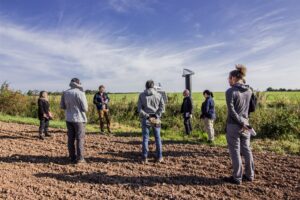
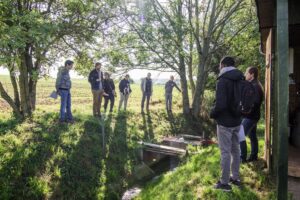
Field visit at Nučice experiment catchment - The 24th of September was reserved for discussions on upcoming activities for the final months of the project.
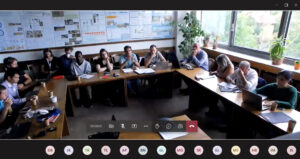
Each WP leader and their teams shared their advances during the previous months and updated plans for the immediate future.
Investigating agricultural water use to make the best out of every drop
Author: Gunther Carl Liebhard, ECR at BOKU
Water is precious. This basic conception is so natural that there are no further words needed to describe the necessity to use it carefully and to protect it as basis of life. It also led me to my current research.
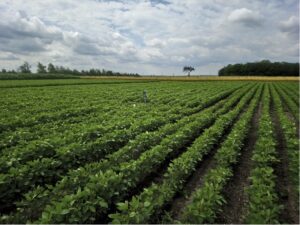
In my thoughts to study something meaningful, I found the program “environmental engineering and water resource management”, which provides a broad technical education in the context of soil, water and environment. After my graduation, I worked at an engineering office to provide infrastructure for water supply and wastewater disposal. After five years I got the chance to go back to University and to work for the EU project “SHui”, that focuses on innovative ways to manage water scarcity in agriculture. I liked the idea to get some more time for thinking, learning, and academic exchange. But also the change of perspective had something worth striving for. In geotechnical engineering, a good soil is solidifiable and stable. In soil sciences, however, a good soil is a habitat and resource for water supply and plant production worth protecting.
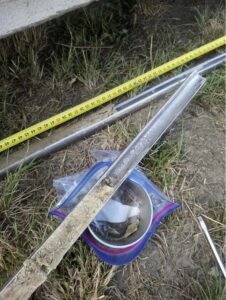
The Institute for Soil Physics and Rural Water Management (SoPhy) at the University of Natural Resources and Life Sciences, Vienna (BOKU) provides everything that is required to develop innovative ways to optimize water use. In my research I can use the institute’s equipment and knowledge in the field of stable isotope tracing, soil physics, soil water status monitoring, and micrometeorology to evaluate water use in different management systems. This allows to understand mechanisms that support productive water use and which reduce unproductive water loss. In our field campaigns 2019 and 2020 at different experimental fields in the “Marchfeld” in Lower Austria, we investigated patterns of productive and unproductive water use at different settings. This included variation of water availability caused by irrigation and tillage management.

The new stable isotope based perspectives in plant production will hopefully contribute to a sustainable use of the natural water and soil resources. All measured data are being exploited for publications (https://www.shui-eu.org) and are shared on the SHui open research database (Fig. 4, https://shui.boku.ac.at/shui/public/start).
In this way, the data gain additional value for further investigations to optimize water use and to protect the precious resource.
Measuring plant water status
The coronavirus pandemic has certainly changed where and how we work, with much greater use of online learning opportunities (webinars, online conferences, discussion fora) for training Early Career Researchers.
While learning new instrumentation suitable for field work is desirable in an outdoor, socially distanced environment, many governments have imposed restrictions on how many people can meet together outdoors thus limiting the number of trainees.
Fortunately, a vast array of instructional material is already available on the internet (if you know where to look !), especially regarding the use of specific instrumentation to make measurements, as companies seek to demonstrate the capacity and ease-of-use of their products.
SHui has collated weblinks to much of this material and make it available in a structured format that includes previously existing and new video material.

